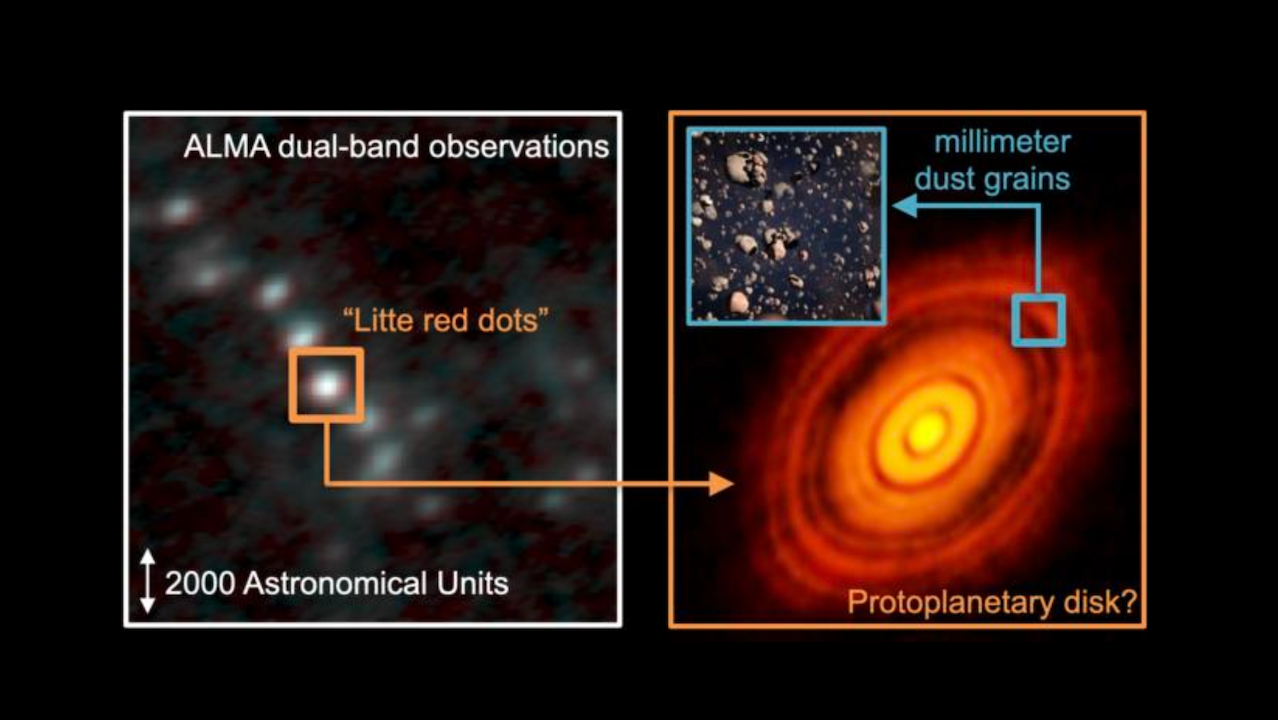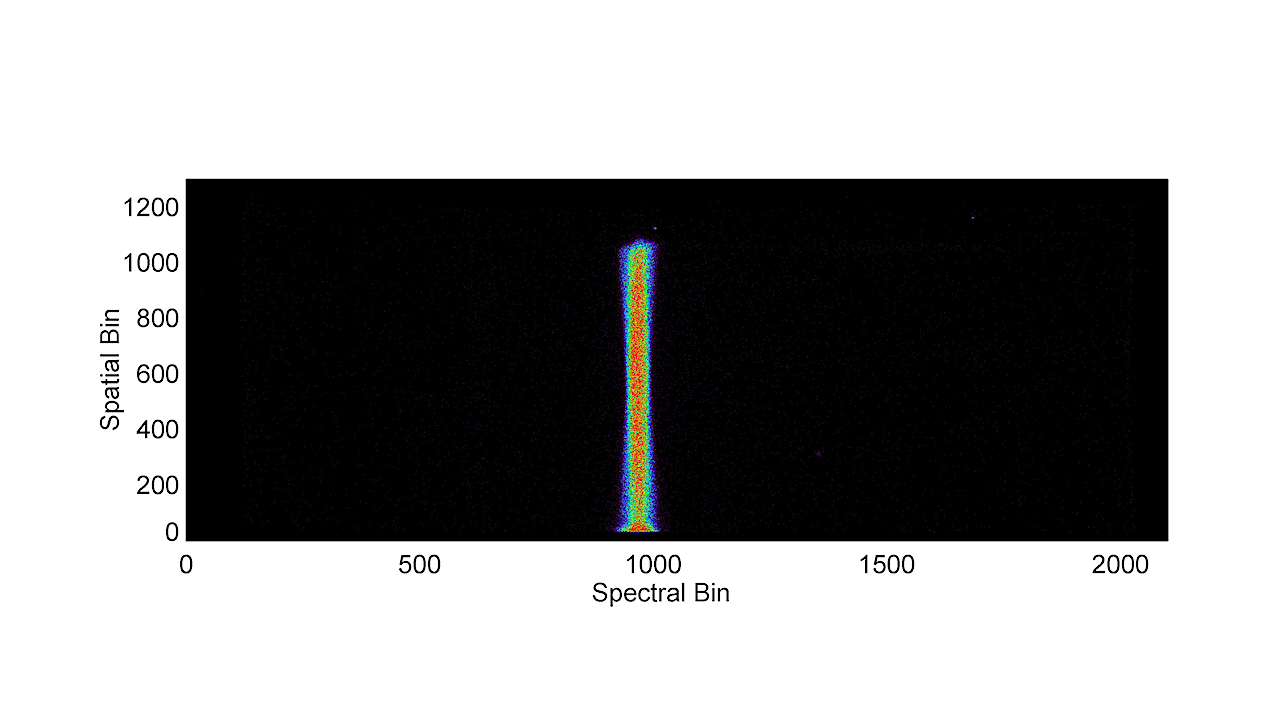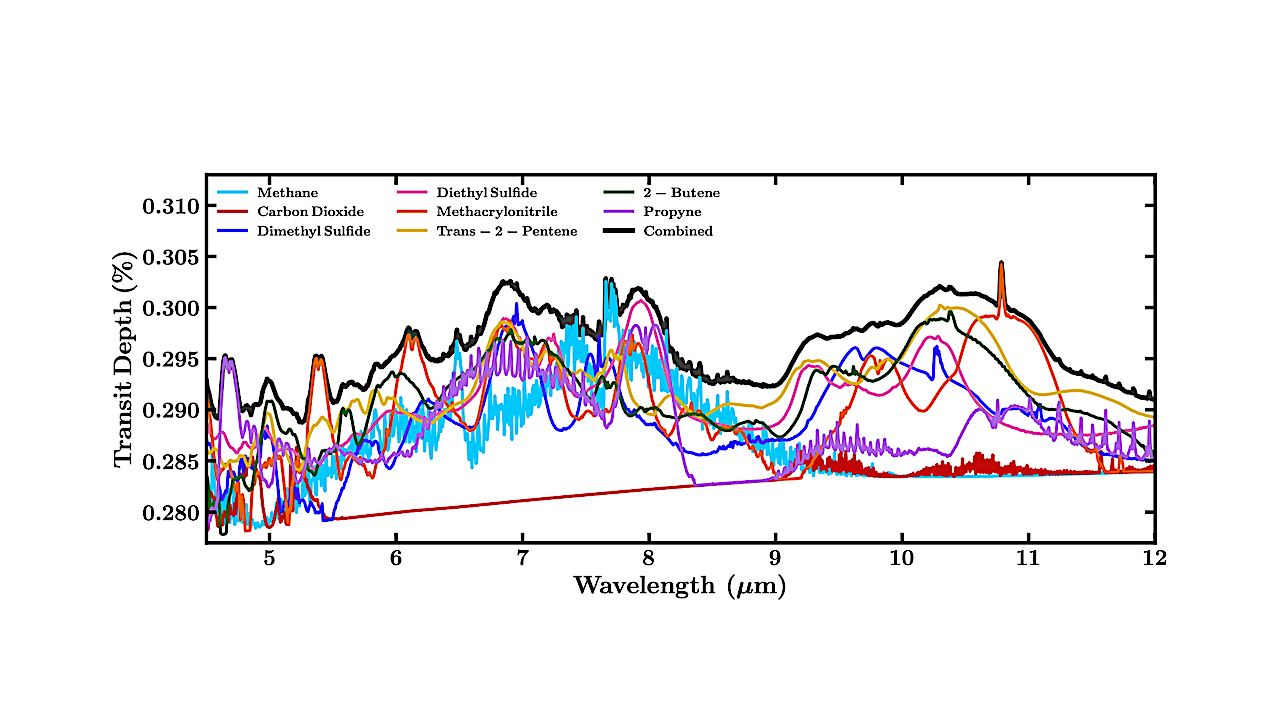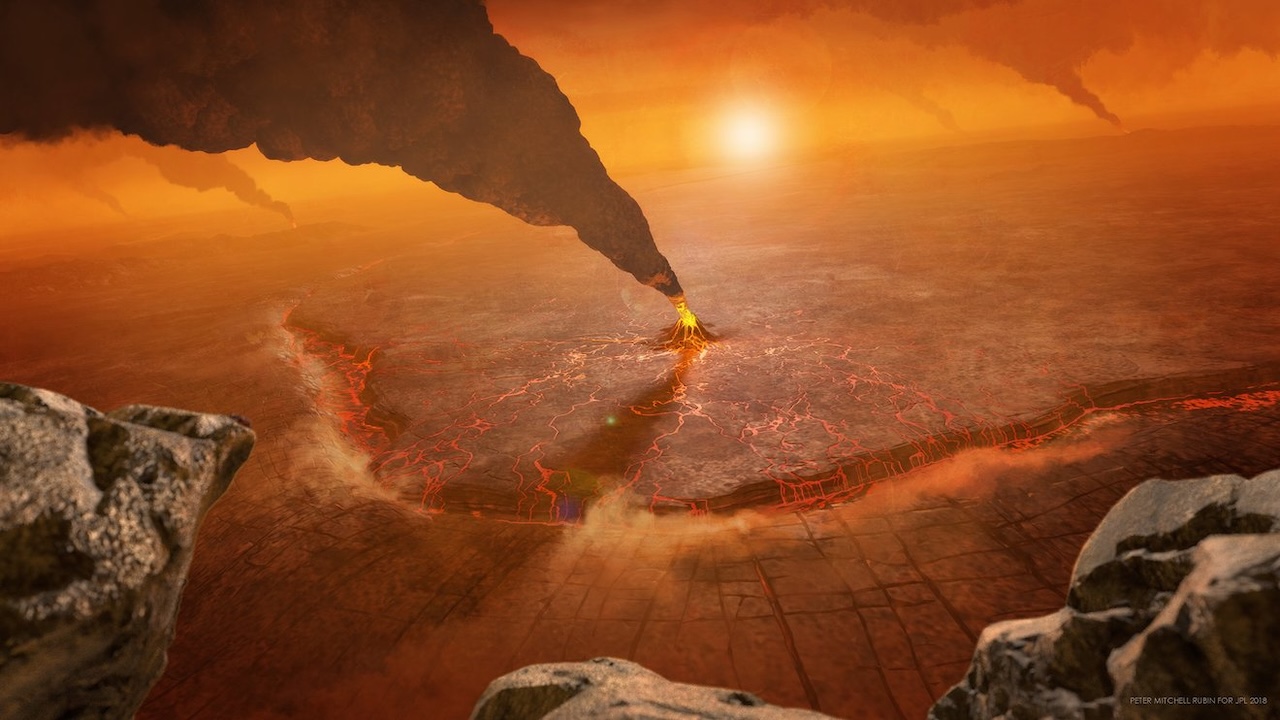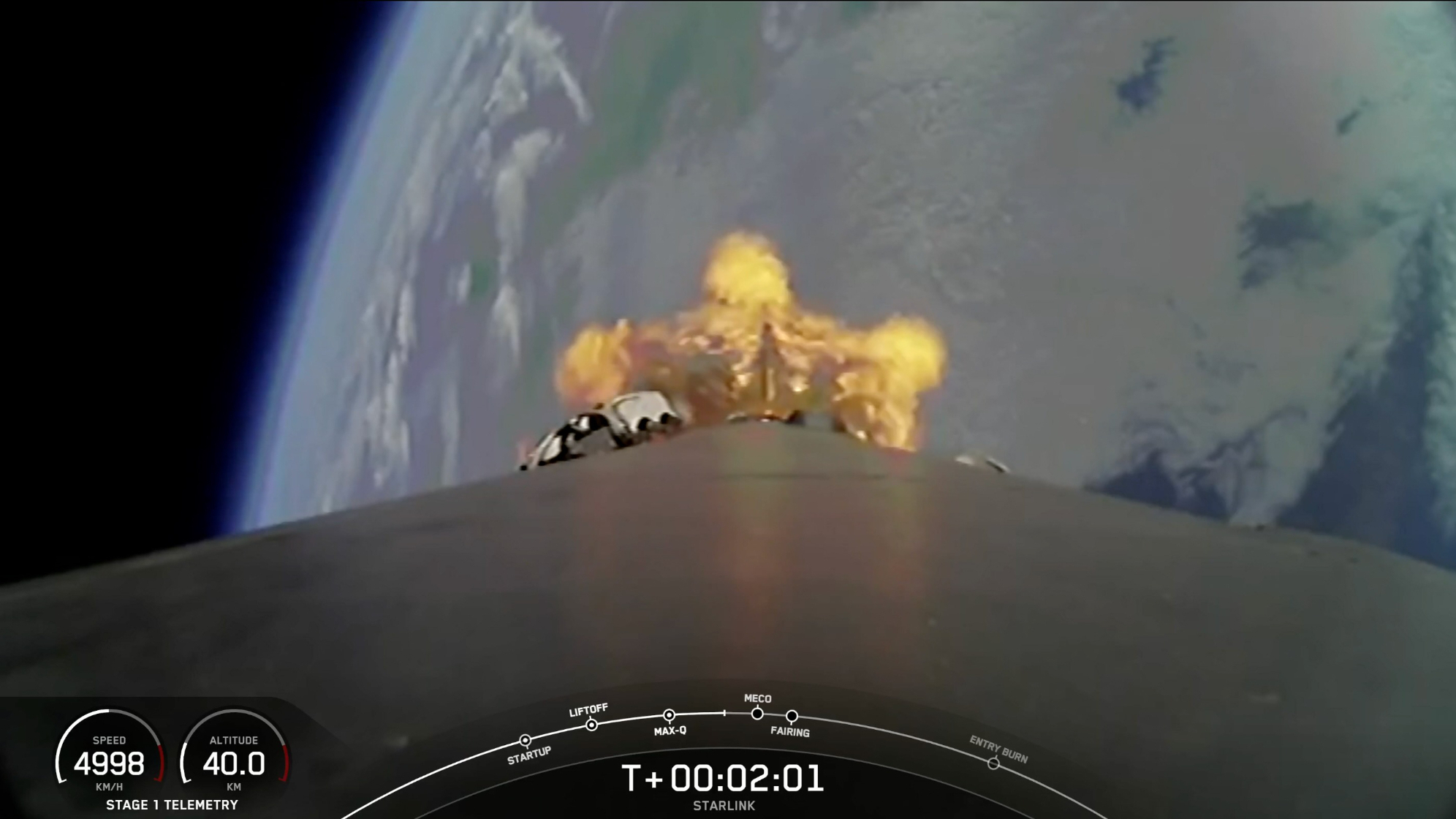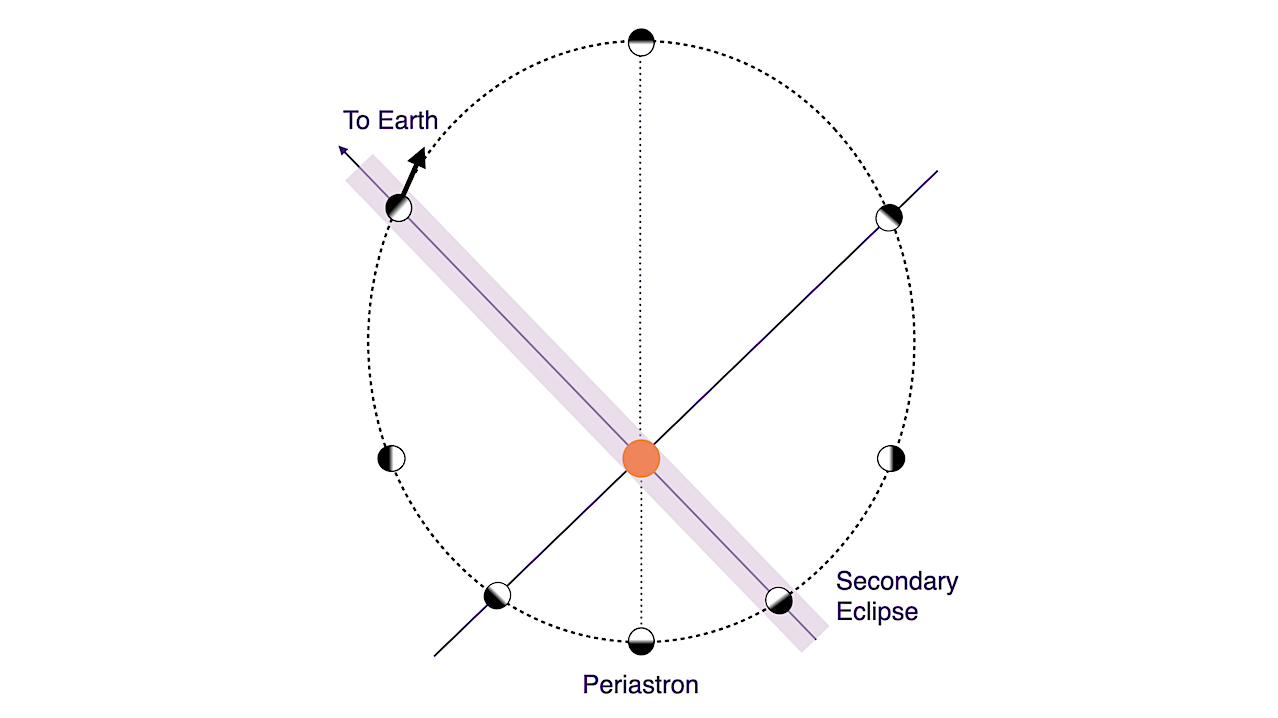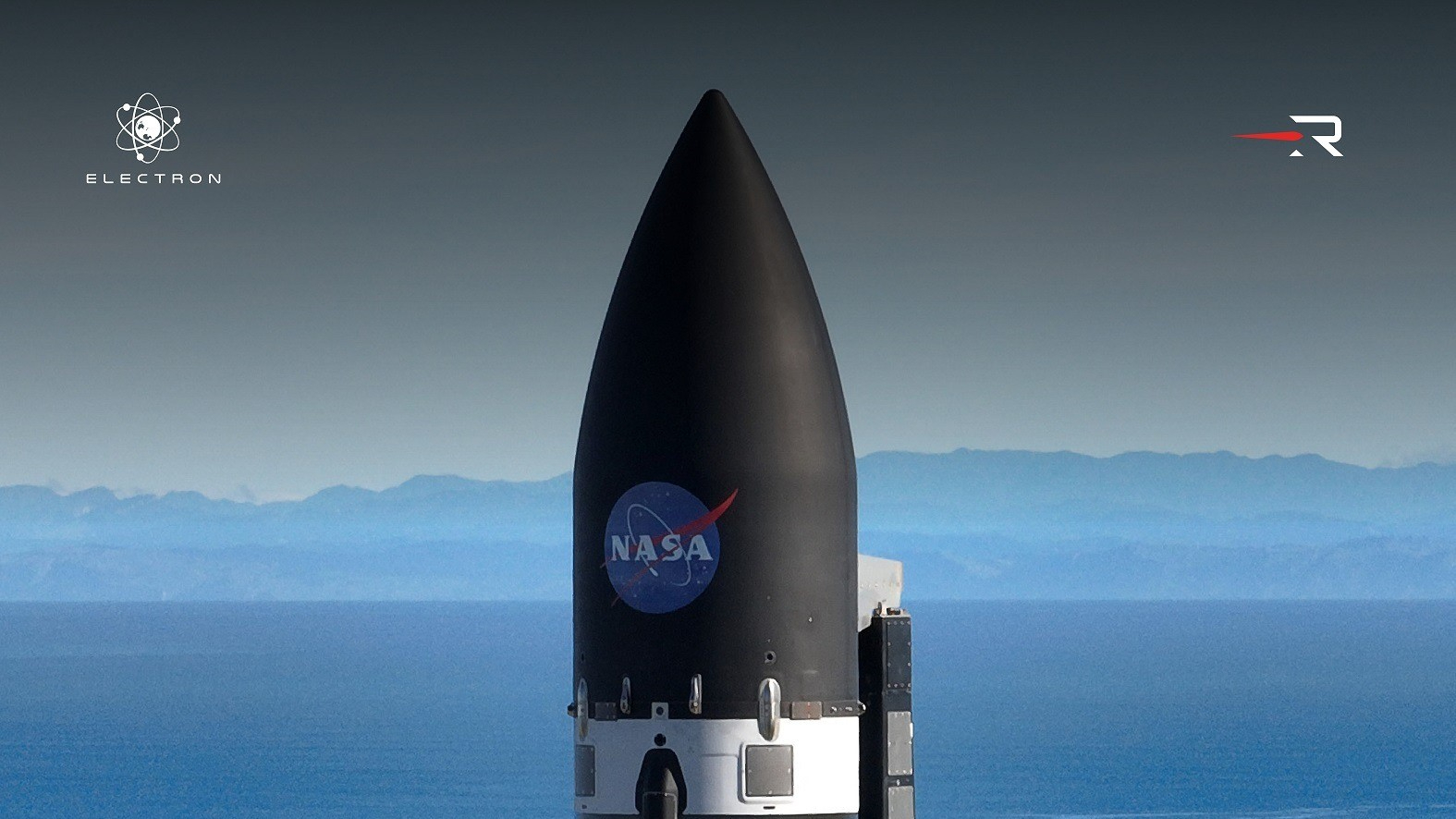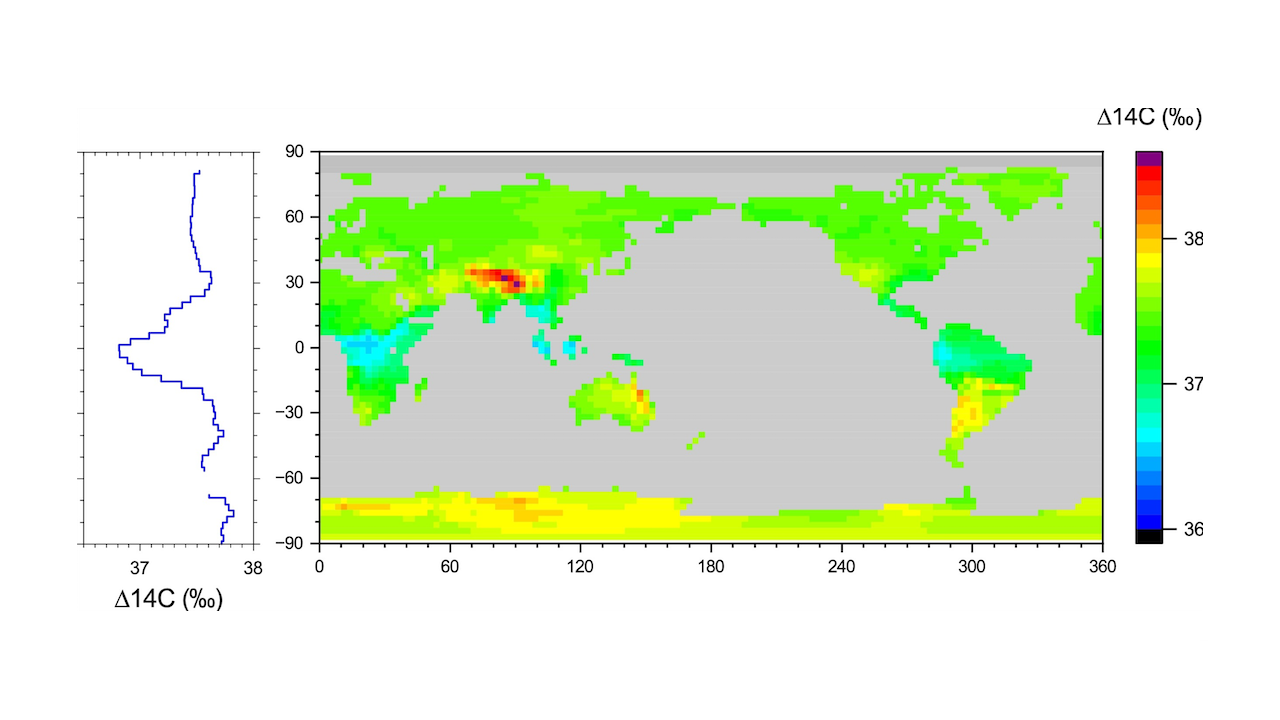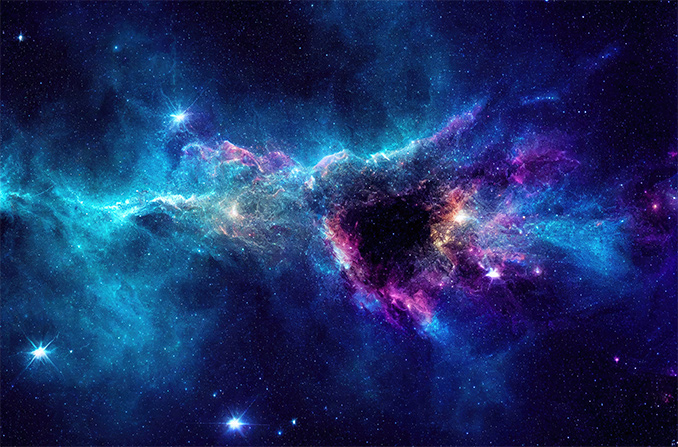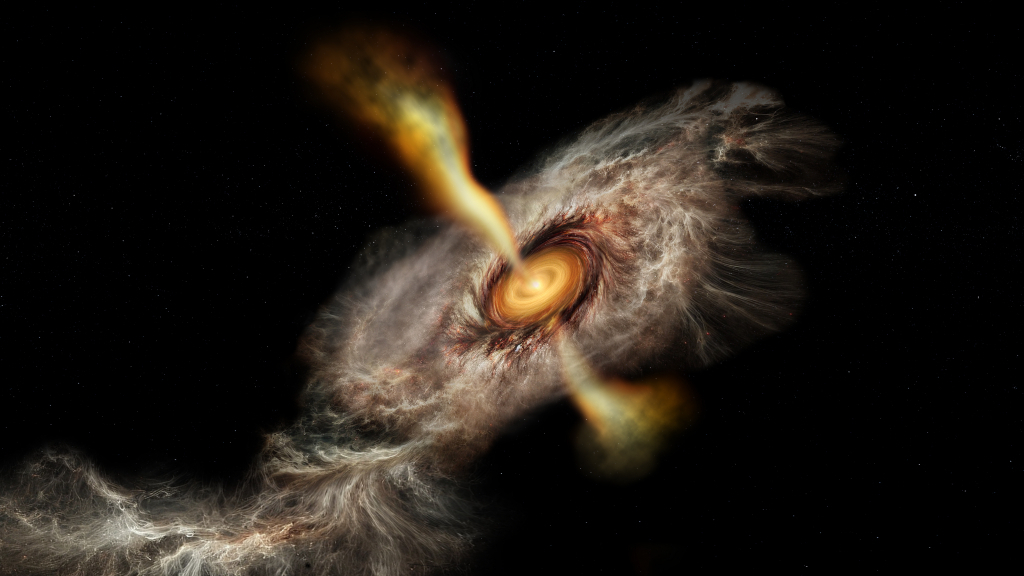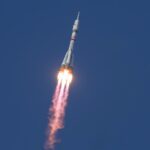ALMA-images of the Milky Way’s Central Molecular Zone. The research team suspects that protoplanetary discs are forming in its clouds. Credit Fengwei XU (PKU); ALMA Partnership; Laura Pérez (NRAO) For
Archive for May, 202549- Page
This “first-light” image from the Europa-UVS instrument shows data at far-ultraviolet wavelengths, photons more energetic than the UV light that gives us sunburns on Earth. Light passes from its telescope
Contributions of molecules in the JWST MIRI range for the transmission spectrum of K2-18 b, assuming 1% CO2 and CH4, and 10−5 by volume for each of DMS, diethyl sulfide,
This artist’s concept of the large Quetzalpetlatl Corona located in Venus’ southern hemisphere depicts active volcanism and a subduction zone, where the foreground crust plunges into the planet’s interior. A
SpaceX launched another batch of its Starlink internet satellites from California today (May 16). A Falcon 9 rocket carrying 26 Starlink spacecraft lifted off from Vandenberg Space Force Base, on
Diagram of TOI-5800 system. The star is shown to scale with the planet’s orbit. — astro-ph.EP Though missions such as Kepler, K2, and TESS have discovered >2,000 sub-Neptune and Neptunian
NASA has selected Rocket Lab to launch its Aspera smallsat mission, which will study gases in the vast regions of space between galaxies. Rocket Lab’s Electron will launch Aspera, a
Peak Δ14C regional response (colour code is shown on the right) over land to the ESPE of 12350 BC (model experiment GW). The central panel depicts the geographical distribution, while
The vast, magnificent universe of stars, galaxies, and time itself has an expiration date—and it may come far sooner than once thought. A team of Dutch researchers from Radboud University
Astronomers have captured the clearest view to date of a massive young star gulping down swirling gas, offering a rare glimpse into how these cosmic titans grow to their enormous
-
 012024 in Review: Highlights from NASA in Silicon Valley
012024 in Review: Highlights from NASA in Silicon Valley -
 02Panasonic Leica Summilux DG 15mm f/1.7 ASPH review
02Panasonic Leica Summilux DG 15mm f/1.7 ASPH review -
 03How New NASA, India Earth Satellite NISAR Will See Earth
03How New NASA, India Earth Satellite NISAR Will See Earth -
 04And Thus Begins A New Year For Life On Earth
04And Thus Begins A New Year For Life On Earth -
 05Astronomy Activation Ambassadors: A New Era
05Astronomy Activation Ambassadors: A New Era -
06SpaceX launch surge helps set new global launch record in 2024
-
 07Space Force plans new ‘Futures Command’ amid pressure to speed up modernization
07Space Force plans new ‘Futures Command’ amid pressure to speed up modernization


